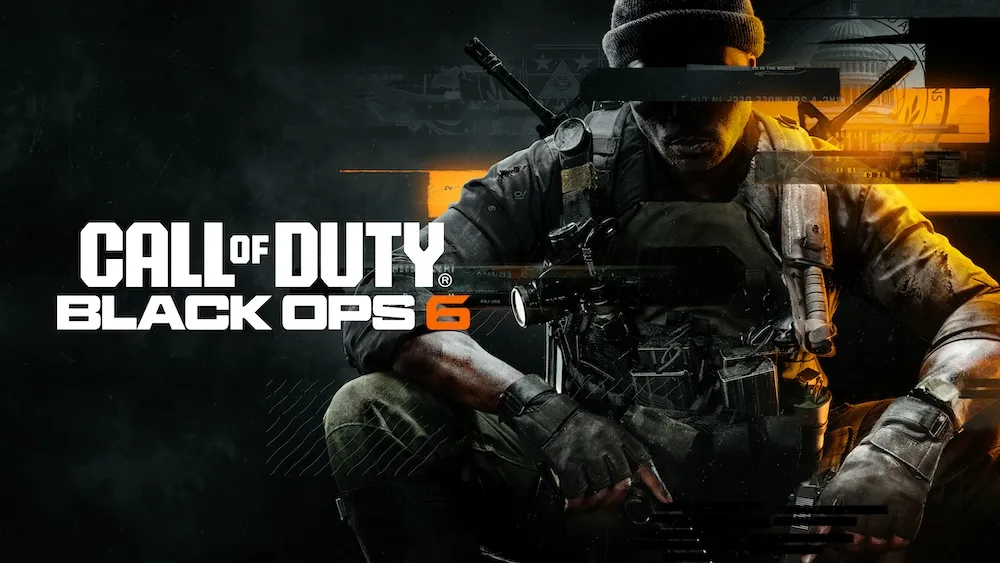 Roman Polanski’s Repulsion (1965) has been the subject of much critical analysis in an effort to ferret out exactly what the hell is wrong with the film’s main character. When we first meet Carol (played by a 21 year old Catherine Deneuve) at her manicurist job in an upscale London salon, she appears to be daydreaming while attending to a client. Even after being snapped to attention by a coworker, she drifts about mindlessly in a disassociated state. Later approached by Colin (John Fraser) in a pub where she stares dispassionately at her food, Carol acts so uninterested we are not sure if he is some random suitor trying to talk her up or if they actually know each other.
Roman Polanski’s Repulsion (1965) has been the subject of much critical analysis in an effort to ferret out exactly what the hell is wrong with the film’s main character. When we first meet Carol (played by a 21 year old Catherine Deneuve) at her manicurist job in an upscale London salon, she appears to be daydreaming while attending to a client. Even after being snapped to attention by a coworker, she drifts about mindlessly in a disassociated state. Later approached by Colin (John Fraser) in a pub where she stares dispassionately at her food, Carol acts so uninterested we are not sure if he is some random suitor trying to talk her up or if they actually know each other.
Suffice to say, Carol is more than a bit “off.” She shares a flat with her older sister, Helene (Yvonne Furneaux), whose married lover, Michael (Ian Hendry), is a frequent presence. His toiletries obtrusively left in the shared bathroom and the sound of the couple’s lovemaking exemplify the felt “repulsion” of masculine intrusion into our fragile leading lady’s existence. When the sister leaves for holiday in Italy, Polanski’s film kicks into full gear as Carol is abandoned to the mercy of her obsessive fears that surface in mind-bending, psychotic ways. These dreamlike disturbances include walls that crack open, an unsettling imaginary rape and a gauntlet of groping hands that creepily protrude in the hallway.
And this is where Repulsion will sink or swim as the film has minimal or arguably any plot and intentionally lacks narrative cohesion. I managed to miss this early entry in Polanski’s career (his second film and first in English) before this viewing, and to my tastes it does not fit snuggly with notable titles such as Rosemary’s Baby (1968), Chinatown (1974) or the Pianist (2002) that have more plot driven focus. The director’s work has always been tense and concerned with darker areas of the human psyche, and there is an undeniable edginess that pervades Carol’s descent into madness. Yet it is a struggle to sympathize with her plight, as we purposely know so little about her. The only consolation towards her past is a reoccurring family photo that hints at her being out of synch even in her youth as she stares distracted away from the camera.
If the shared involvement of becoming mentally unhinged is effective, it is due to mixing elements from the horror and psychological thriller genres. Jolting musical cues hit precisely as a shadowy figure momentarily appears in a mirror or sinister footfalls intimate from under a door. The flat where Carol barricades herself becomes a hostile adversary inducing claustrophobia as physical space distorts and time loses its linear construction. Distinct and odd camera angles/lenses are utilized in conjunction with the nerve jangling jazz themed score to maximize the surreal paranoia where discerning what is real versus fantasy becomes tiresome. The experience cannot be called enjoyable in an escapist vein but is definitely provocative.
When asked in the special features whether we can assume certain sexually related incidents from the main character’s past that lead to her breakdown, Polanski replies he feels no obligation to conclusively elucidate upon any of his films. And while there are palatable ways to try to make sense of Repulsion, it is doubtful a definitive explanation exists or there should necessarily be one. The film functions as “pure cinema” where the purposeful discomforting impression is undermined by too much analysis. Yet it is hard not to read into its suggestive, layered nuances.
Criterion continue their laudable efforts of providing classic films on Blu-ray. Repulsion’s stark black and white photography is well presented with a faithful rendering of the mono soundtrack. Supplemental material (1080i/p video), while not overwhelming, strikes a good balance between giving enough attention and overstaying its welcome. And the expected booklet is a modest 16 pages with normal cast/crew breakdown and transfer info including a nice essay by critic Bill Horrigan.
The film elements for Repulsion underwent careful restoration resulting in the director approved 1080p transfer that preserves the original 1.66:1 framing. Never having seen any previous home video version, I lack a point of reference for comparison but can only assume this is the best the movie has looked. Though shot on a low budget, striking detail (especially in close-ups) and a prominent grain structure are admirably maintained with print damage being virtually non existent. The transfer seems a notch down from exemplary Criterion black and white restorations such as the Seventh Seal due to a noticeable shimmering in certain shots and contrast, while fairly strong throughout, that falters at times. Still this is a fine image that does justice to cinematographer Gilbert Taylor’s (of Dr. Strangelove fame) impressive depiction of shadow and light.
Remastered from the 35 mm optical print, the English uncompressed LPCM mono soundtrack (48 Khz/24 bit) is pristine with no distracting pops, clicks or hiss. Dialog never has to fight for prominence with all sound elements being distinct and well balanced. The track suffers as many mono sources do with somewhat limited dynamic range but this is to be expected. It is most noticeable with a slight brittleness to the treble but does not lessen the sinister ambiance of the audio that turns in an effective performance considering its age. Per usual, optional English (SDH) subtitles are available.
Commentary – Originally produced for the Criterion laserdisc in 1994, this track involving Roman Polanski and Catherine Deneuve is a low key but interesting affair. The participants were recorded separately which is obvious due to a lack of interaction. Since the director has no urgency to explain the film, he comments on production background and copious examples of what he would have done differently based on deepened skills and advanced technologies. There is talk about dealing with the stringency of the censors, how Catherine was a perfect fit being “up for anything” early on in her career and how Roman was considered difficult plus intriguing comments about what critics read into the narrative.
A British Horror Film (24:03, HD) – This feature was produced for a 2003 DVD release by Blue Underground UK and is the best extra in my opinion. Along with Polanski, the producer, cinematographer and art director chime in on the history of the flick. Most interesting is that Compton films, known at the time for soft core porn, backed the art house production in the hopes of gaining some respectability. The low cost budget was consistently in jeopardy and the studio never understood why Polanski demanded multiple takes to get shots right (I guess porn was much easier to shoot). Also addressed is not having any big stars (no one knew Deneuve at the time), how difficult the director was to work with (reoccurring theme?) and how the immediate psychological impression was more important than plot.
Grand Ecran (21:30, HD) – This mini documentary consists of footage captured on set during filming by Claude Chaboud for the French TV show Grand Ecran in 1964. There are instances of Roman prepping and directing his cast for several scenes as well as interviews with him and the leading lady. It’s amazing how young Polankski looks and also nice to have Deneuve appear “out of character” with a personality. While the director is very precise about what he wants, he does not seem overly difficult to work with here (maybe they edited those details out).
Trailers (5:54, HD) – Two theatrical trailers with mixed video quality. It is interesting to see how the film is marketed as both a horror and art house flick.
Repulsion does not quite contend with Polanski’s best works but is definitely a movie to take note of. The film is eerily disquieting and rewards repeat viewing as you notice the attention to detail and subtleties the director imbues throughout.
With Repulsion, Criterion deliver a top notch Blu-ray package yet again. While I do not think this is their strongest black and white high-def transfer, the deficiencies noted are limitations of the low budget production. I will easily wager devotees have never seen the movie look this good (we should expect nothing less from Criterion).
– Robert Searle


